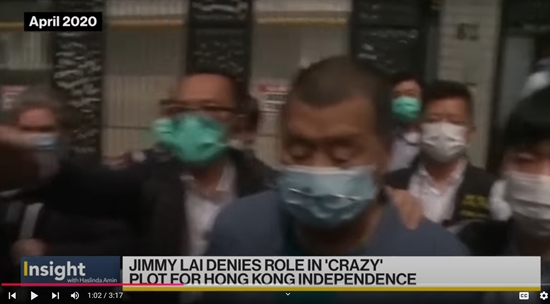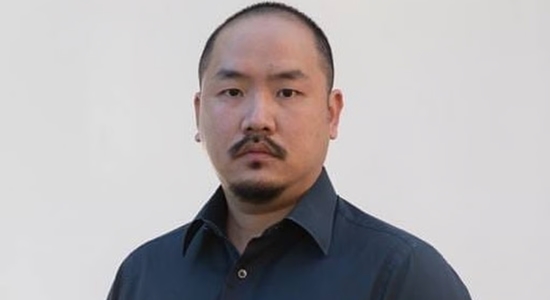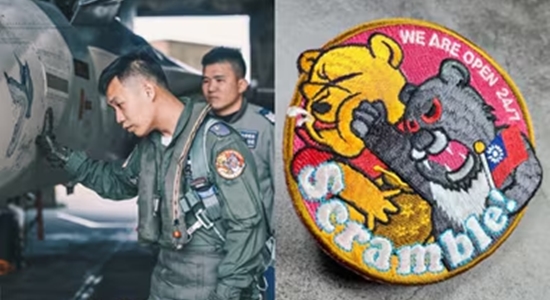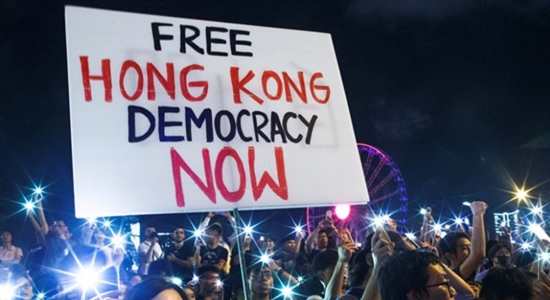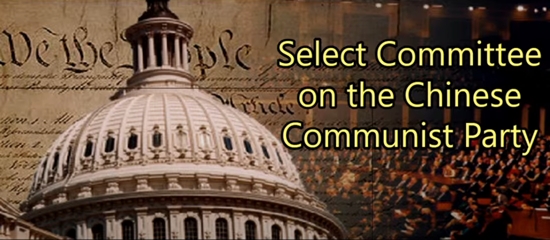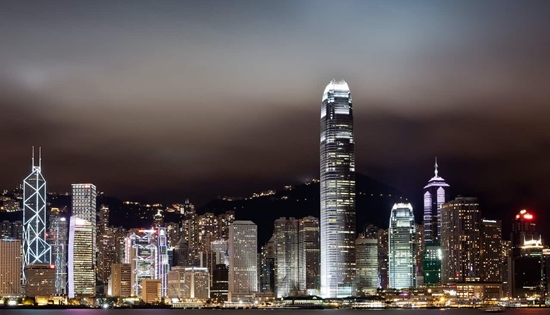
A plausible determination that Hong Kong isn’t after all being flattened into political uniformity with the mainland would be a great Christmas gift.
At City Journal, Jordan McGillis has penned a piece suggesting that “the former colony’s built environment”—i.e., buildings—“may serve as a bulwark against mainland tyranny” (“Just Another Chinese City? Not Hong Kong,” December 21, 2023).
What was once a hub of global culture and commerce is now, this way of thinking goes, indistinguishable from Mainland China, due to the Communist Party’s influence over the political environment. While each new edict and show trial—Jimmy Lai’s is now underway—gives this idea more credence, it conflicts with another: that a place’s life and fate are shaped not only by governance but also by its physical form—its built environment….
Hong Kong’s architecture is distinct from that of the mainland’s great cities in important ways. Though the city is famed for its skyscrapers and capitalist sparkle, some of its most arresting buildings are its small temples. One such site is the Man Mo Temple on Hollywood Road in Sheung Wan. Built in the nineteenth century to honor a literary god and a war god, the temple embodies spiritual traditions that Mao Zedong suppressed in the People’s Republic….
Of course, in the years since the handover, much has changed in Hong Kong, even physically. New megaprojects connect Hong Kong to nearby Guangdong cities and are indistinguishable from mainland-style infrastructure. But much of the colonial and postwar built environment lives on as a testament to a time before Beijing’s power play. Insofar as buildings influence our emotions, thoughts, and sense of being, Hongkongers may still be moved by the crown colony’s pluralistic legacy. If the Chinese Communist Party wishes to establish a durable influence on the minds of the people, it has more wrecking left to do.
As long as Hong Kongers remember times that were more free and understand the possibilities of freedom, and want a return to that freedom, we can have hope that the boot trying to stamp on Hong Kong, forever, will some day be lifted.
But aside from the mention of the show trial of Jimmy Lai as illustrative of the CCP’s “influence over the political environment,” McGillis offers no real appreciation of the extent and nature of this influence, of how impossible it has become for Hong Kongers at least as things stand today to organize any sustained resistance to their overlords.
I hope that with the help of buildings, books, VPNs, private conversations, and other means, the lovers of freedom who remain in Hong Kong will be able to preserve the legacy of the city at least in their minds and will one day find a way to recover it in all aspects of daily life. But despite what McGillis and Churchill say, these buildings do not “shape us.” The CCP officials in Hong Kong see the buildings every day.
